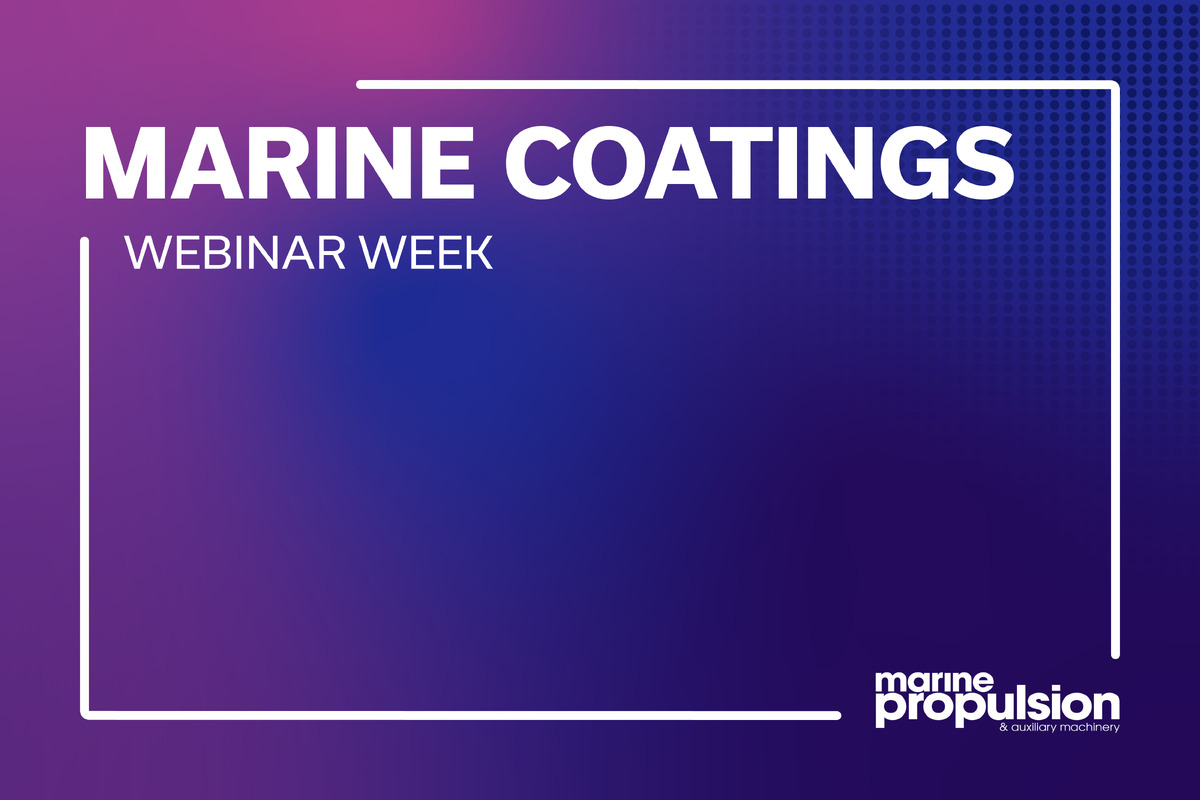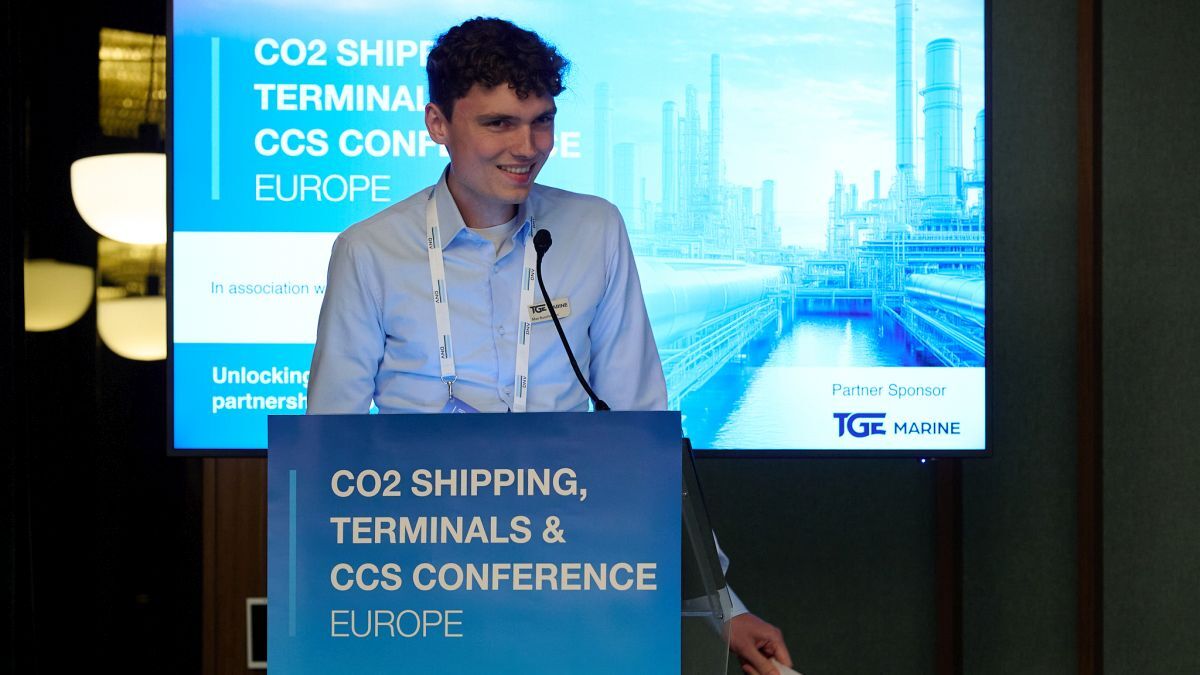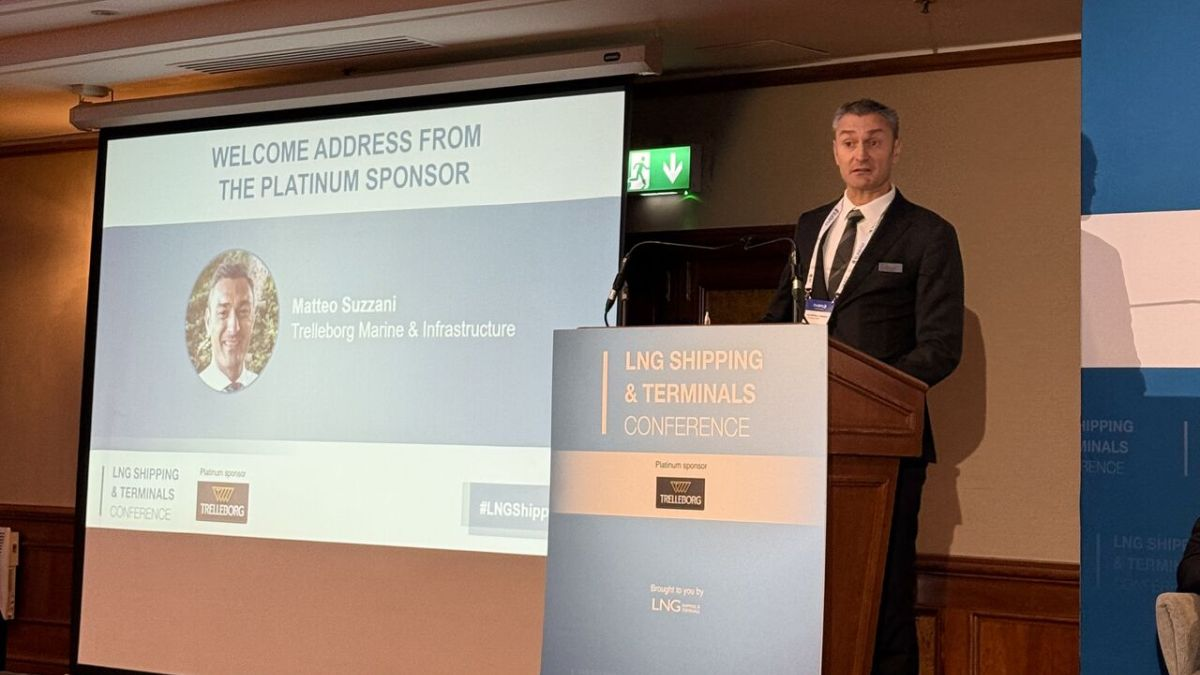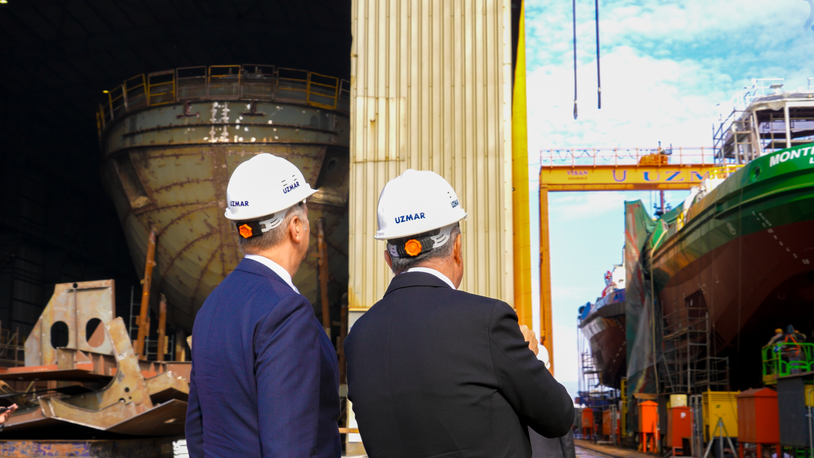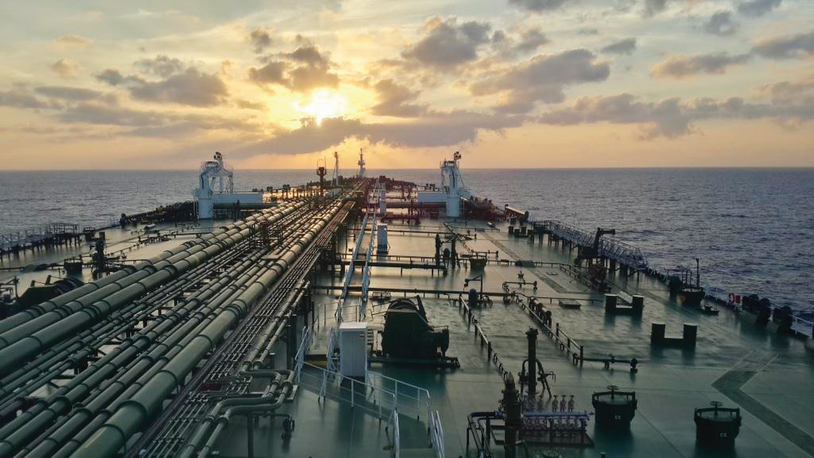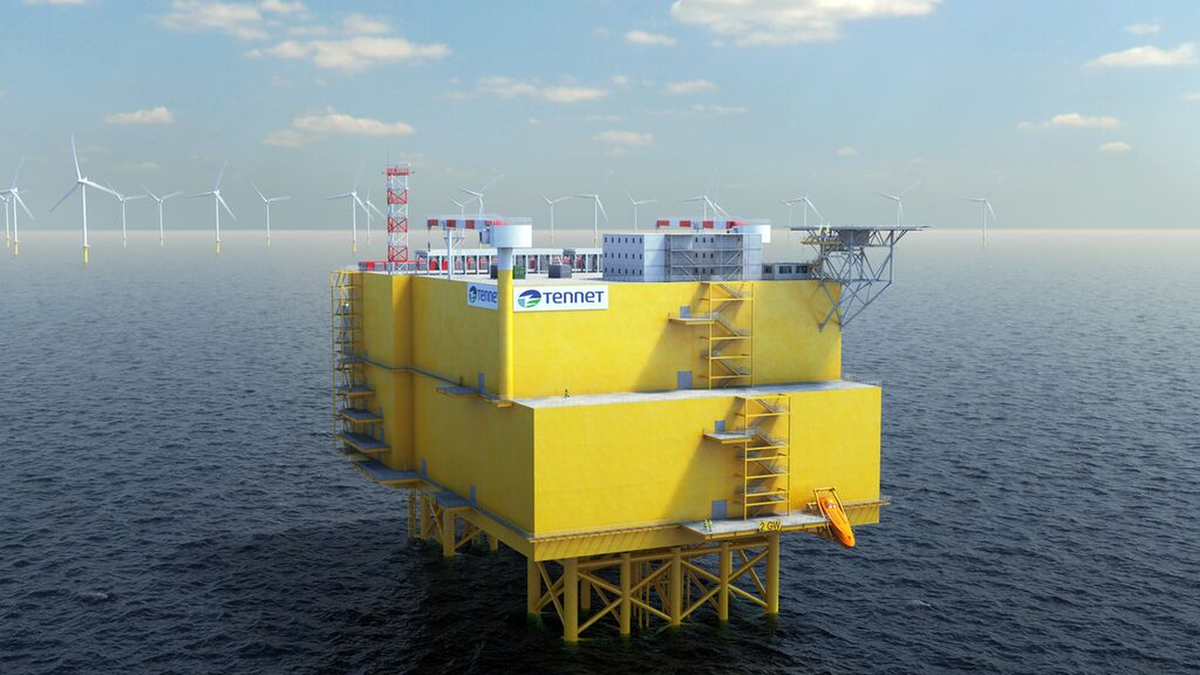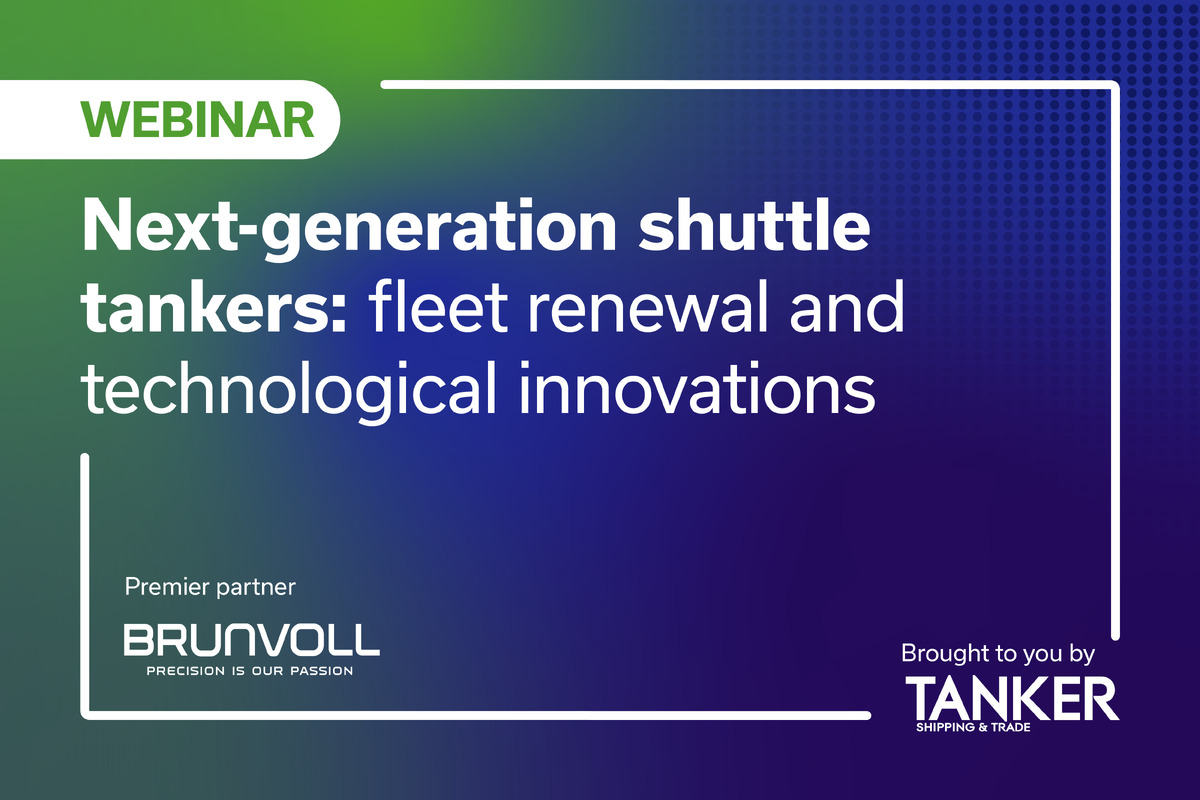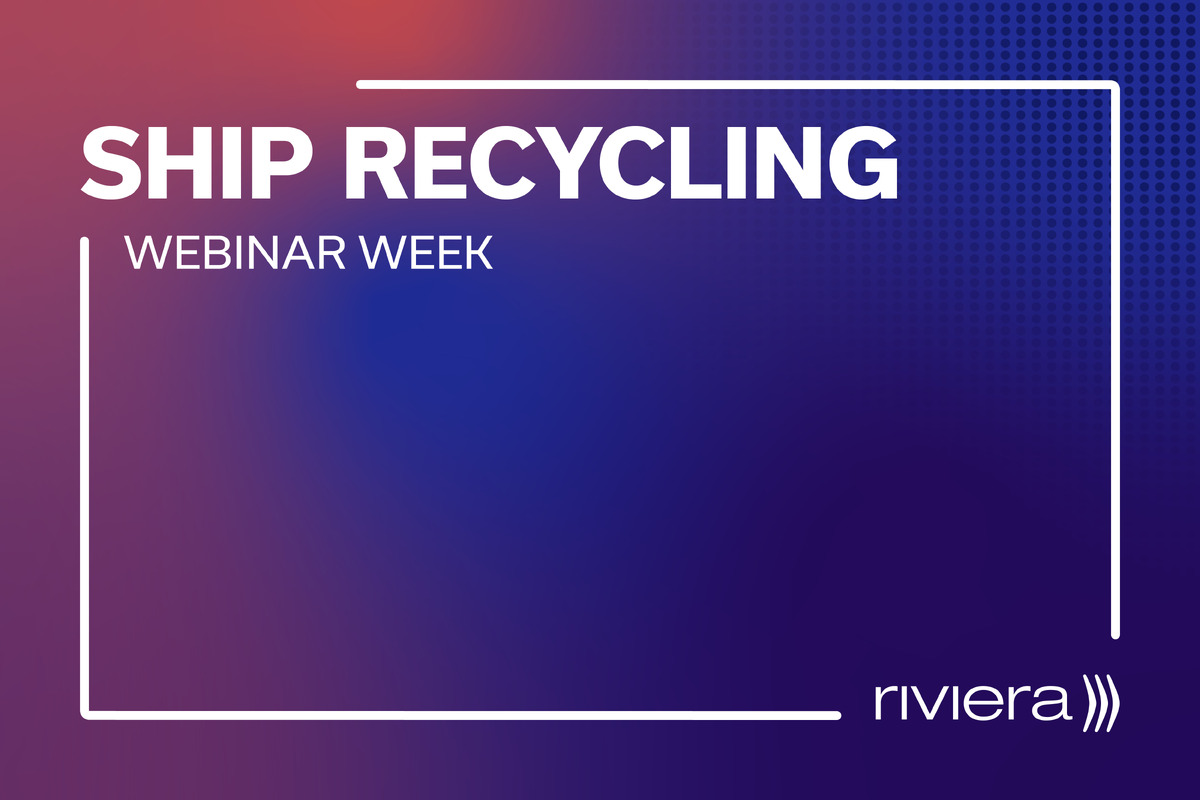Business Sectors
Events
Marine Coatings Webinar Week
Contents
Register to read more articles.
Low-cost oil and gas, new nuclear to drive ‘AI arms race’
An “artificial intelligence arms race” is underway between the US and China, and offshore oil and gas and nuclear power will have a role to play in providing the inexpensive electricity needed to support the massive, energy-hungry data centres
“More energy and more opportunity,” is how US Energy secretary Chris Wright described President Trump’s “Unleashing American Energy” strategy during a press briefing at the 43rd CERAWeek in March.
Secretary Wright said the administration is taking an “all-of-the-above” approach to energy development, most notably lifting the ban on LNG exports and moving forward with project approvals and cutting regulatory tape.
One of the projects the secretary highlighted was the Delfin LNG export terminal. On 21 March, the US Maritime Administration announced it had issued a license authorising developer Delfin LNG, LLC, to move forward with what will be the first offshore LNG export in the US.
The Delfin LNG, LLC deepwater port facility will transport LNG to the global market from US federal waters, about 40 nautical miles off the coast of Cameron Parish, Louisiana.
Delfin purchased the UTOS pipeline, the largest natural gas pipeline in the US Gulf, which will be repurposed to transport gas from the onshore grid to the deepwater port site. Development could potentially materialise into four floating LNG plants with a total capacity of 13.3 mta.
“Alaska LNG would offer sailing times of seven days, as compared to 21 days from the US Gulf”
MARAD’s announcement said the agency and the US Coast Guard had to work with some 15 co-operating federal agencies, along with the states of Texas and Louisiana, to review the developer’s application. These agencies submitted recommendations for environmental and other license conditions.
Secretary Wright said the Trump Administration is “passionate about the availability of energy,” and wants to open oil and gas development in areas like Alaska to provide cheaper energy to allies. He mentioned the US$44Bn Alaska LNG project, which would take years to build, including the construction of a 1,300-km-long pipeline. He said the Alaska LNG would lower LNG shipping costs and offer sailing times of seven days to Japan and Asia, as compared to 21 days from the US Gulf, which would require passage through the Panama Canal.
The secretary said the US Department of Energy’s Loan Programs Office could help “nudge things forward” to help finance large-scale energy infrastructure projects in the US. He sees nuclear power playing a role, most notably small modular reactor technology.
One energy source not getting much love from the administration is offshore wind. When explaining why the administration’s ‘all-of-the-above’ energy strategy does not include offshore wind, Secretary Wright said it was the result of “a combination of popular opposition for its visual and environmental impacts, and equally big is the incredible inflationary price rise it delivers, everywhere and always.”
Speaking at his own press briefing during CERAWeek, US Secretary of the Interior Doug Burgum said regulatory reform would eliminate overlapping agency responsibility and reduce costs to both developers and taxpayers. Less expensive energy production means less expensive electricity. He estimated the cost of cutting red tape could yield savings of US$6-US$8 per barrel of oil.
A former Microsoft executive, Secretary Burgum noted big tech companies — Amazon, Apple, Google and Meta — plan to spend US$300Bn in capex, mostly on AI investments.
Data centres will be massive consumers of electricity, and “the cost of electricity is going to drive where the AI revolution occurs,” said Secretary Burgum.
Related to this Story
Events
Marine Coatings Webinar Week
Maritime Environmental Protection Webinar Week
Ship Recycling Webinar Week
© 2024 Riviera Maritime Media Ltd.
